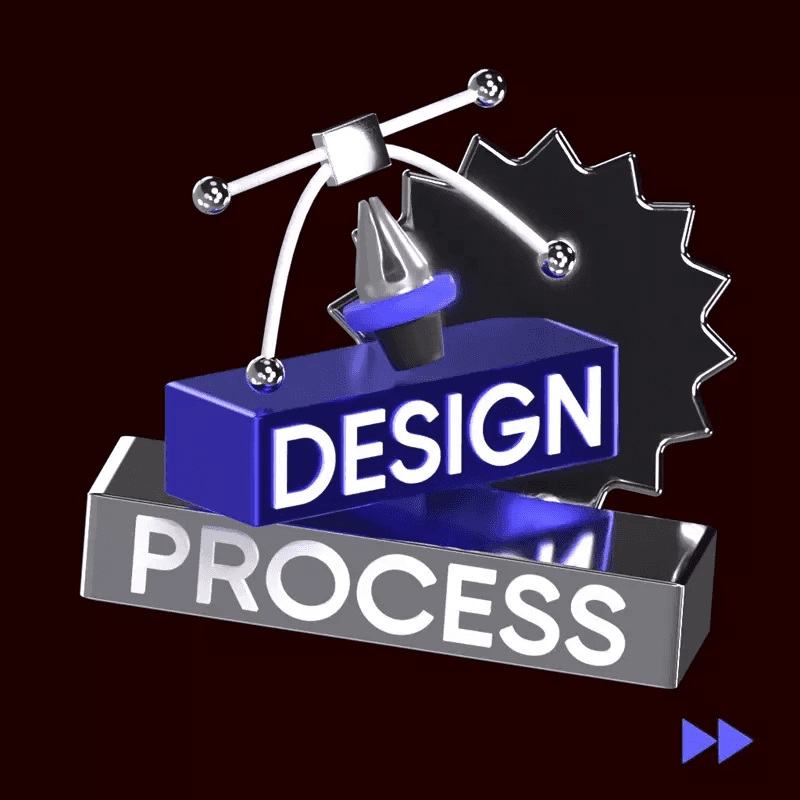Virtual Reality Software
Virtual Reality Software
Virtual Reality Software
Virtual Reality (VR) software refers to a computer program or application that enables users to experience and interact with simulated environments through the use of virtual reality headsets or other immersive devices. This software creates a digital representation of the physical world or an entirely fictional realm, allowing users to perceive a three-dimensional space and engage with it in a seemingly real and interactive manner.
VR software relies on advanced computer graphics, sensory feedback, and motion tracking technologies to create a highly immersive and realistic virtual environment. It enables users to explore and manipulate objects, navigate through virtual spaces, and interact with virtual characters or elements. By simulating various sensory inputs such as visual, auditory, and even haptic feedback, VR software aims to provide an all-encompassing experience that engages multiple senses and creates a sense of presence within the virtual world.
There are different types of VR software, catering to various applications and purposes:
Entertainment and Gaming: VR software has revolutionized the gaming industry, offering players an unprecedented level of immersion and interactivity. These applications often feature virtual worlds, realistic graphics, and interactive gameplay, enhancing the overall gaming experience.
Training and Simulations: VR software is widely used in fields such as aviation, healthcare, military, and engineering for training purposes. It allows trainees to practice complex procedures, simulate hazardous environments, and develop critical skills in a safe and controlled virtual setting.
Education and Learning: VR software has immense potential in education, providing students with immersive and interactive learning experiences. It enables them to explore historical sites, travel to distant locations, or visualize complex concepts, enhancing retention and understanding.
Architecture and Design: VR software is utilized in architecture and design industries to create virtual walkthroughs of buildings, enabling architects and clients to visualize and experience the final design before construction begins. It aids in identifying potential flaws, making informed decisions, and improving overall design quality.
Therapy and Rehabilitation: VR software is increasingly used in healthcare settings for therapeutic purposes. It allows patients to engage in virtual environments that help alleviate pain, manage anxiety, or assist in rehabilitation exercises, providing a more engaging and motivating experience.
In conclusion, virtual reality software is a powerful tool that transports users into immersive and interactive virtual worlds. With its ability to simulate reality and engage multiple senses, VR software has the potential to revolutionize various industries, enhance learning experiences, and provide innovative solutions to real-world challenges.
15,000+ customizable 3D design assets
for UI/UX, website, app design and more


quote post


Information post


marketing post
Sign up for free
View All
A
B
C
D
E
F
G
H
I
J
K
L
M
N
O
P
Q
R
S
T
U
V
W
X
Y
Z
#
View All
A
B
C
D
E
F
G
H
I
J
K
L
M
N
O
P
Q
R
S
T
U
V
W
X
Y
Z
#
View All
A
B
C
D
E
F
G
H
I
J
K
L
M
N
O
P
Q
R
S
T
U
V
W
X
Y
Z
#
Tools
Create
Tools
Create